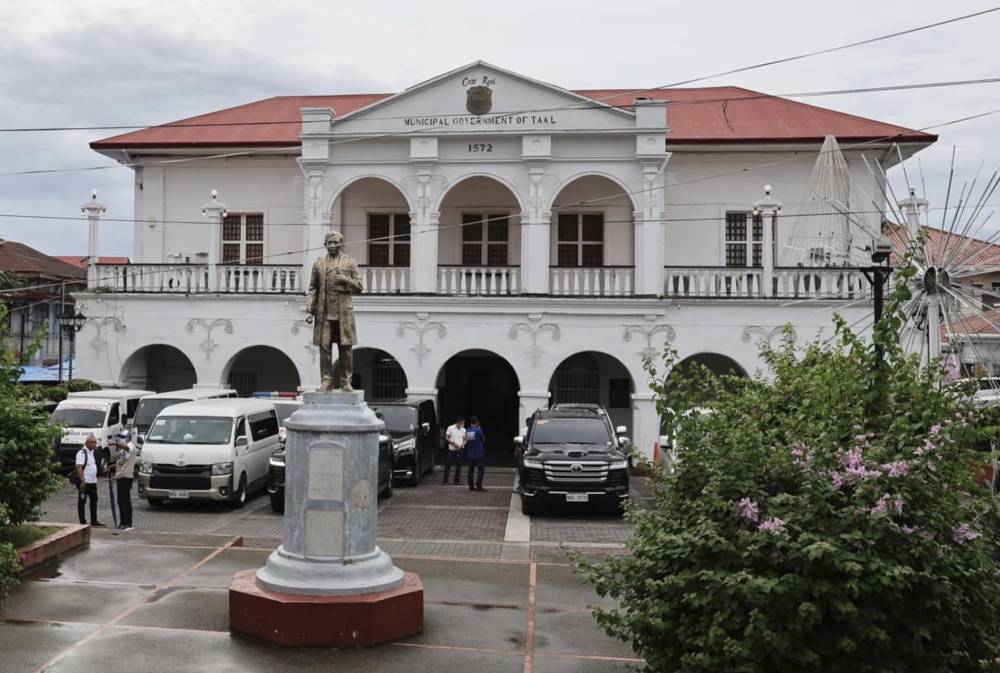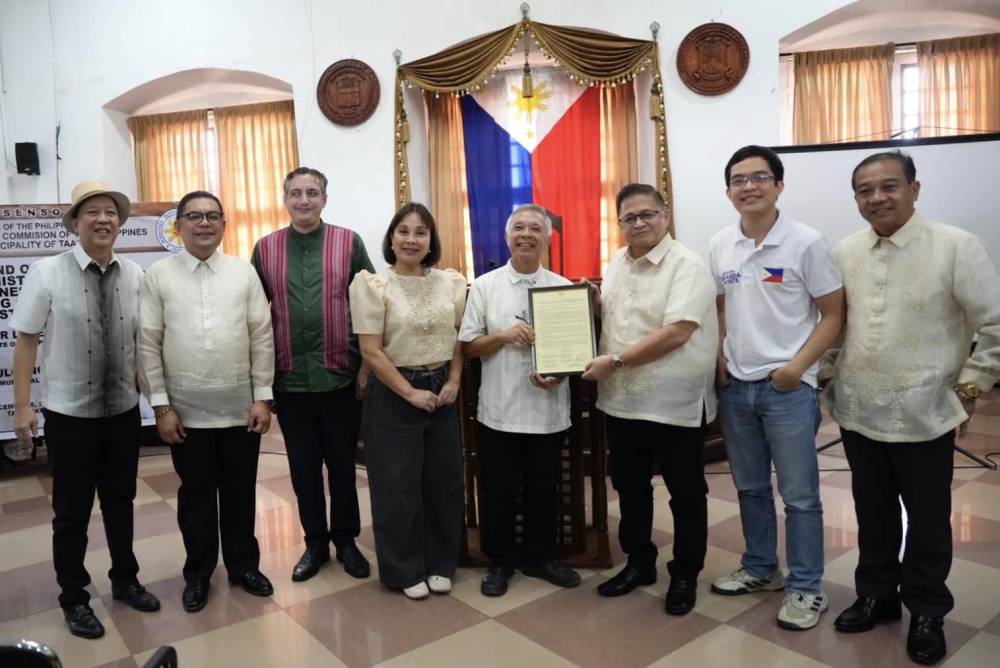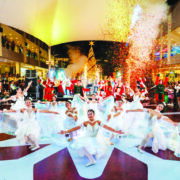Casa Real in Taal now a historic landmark

Taal’s Casa Real is now a Grade 1 level cultural property following its declaration as a National Historical Landmark (NHL) by the National Historical Commission of the Philippines (NHCP).
A national historical landmark is defined by the 2009 and 2023 heritage laws as “a site or structure hallowed and revered for its history and association.”
With this declaration, the town solidifies its position as an important historic site in the country as well as a prime heritage area with its still intact Spanish colonial structures.
Sen. Loren Legarda, one of the attendees at the recent turnover ceremony of the declaration to the Taal municipal government, said the event is a testament to the ardent cause of heritage protection.
“More than a good gift from the past, this declaration is a symbol of fortitude and dedication to protecting heritage which mirrors the heart, memory, and identity of the people of Taal,” she said in Tagalog.
Apart from Legarda, also in attendance were NHCP chairman Regalado Trota Jose, National Museum director-general Jeremy Barns, National Commission for Culture and the Arts commissioner Arvin Villalon, Taal Mayor Fulgencio Mercado, and other local officials.
Now Taal’s municipal hall, this building had been the seat of government of the town since its construction in the 1840s. It was done in a Neoclassic style with a second-floor balcony supported by a portico underneath.

Heritage structures
It is one of many heritage structures in the town, which include the Taal Basilica complex, Escuela Pia, Caysasay Church, Sta. Lucia well, San Lorenzo steps, and heritage houses-turned-museums, among others.
A church historian, Jose said the Casa Real is the work of Augustinian priest Celestino Mayordomo, Taal’s parish priest from 1848 to 1857. The funds for its construction came from the earnings of the Augustinian-owned fish pens possibly located along the Pansipit River.
The structure is one of many projects undertaken by Mayordomo in Taal when he was its parish priest, evidence that the religious also built infrastructure projects during the Spanish period.
His other projects include the escalinata or staircase of the Taal church convent, walls around the church’s sanctuary, and a stone bridge somewhere in town.
In 1850, he replaced the steps of the Hagdan-hagdan from the original adobe to a sturdier material called piedra china, which is locally called batong song-song.
Now referred to as the San Lorenzo Ruiz Steps, the Hagdan-hagdan connects the lower portion of the town, in Caysasay, to the población.
















